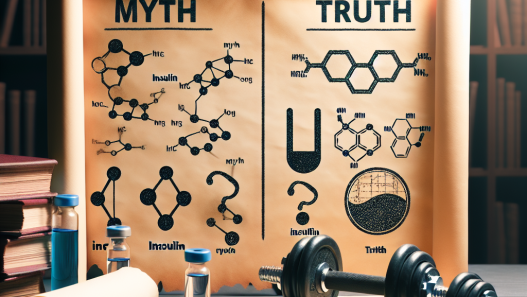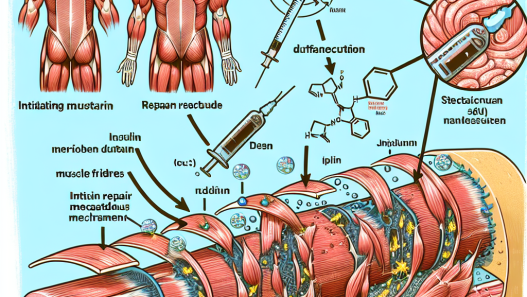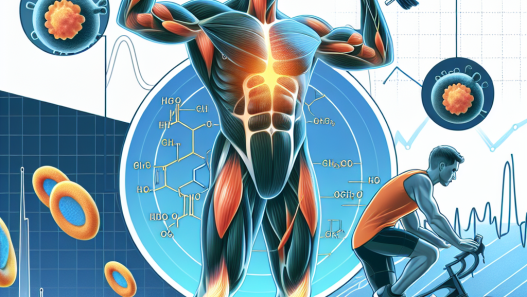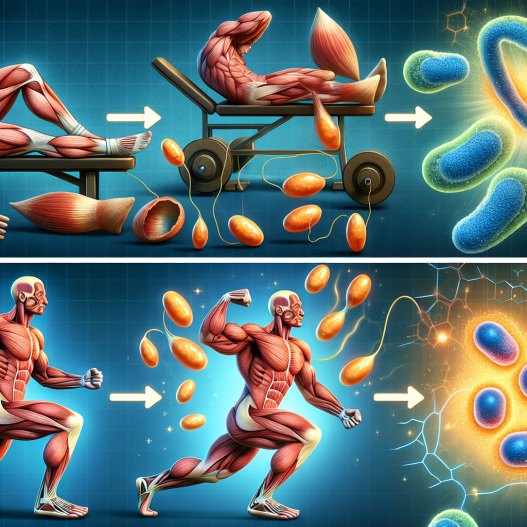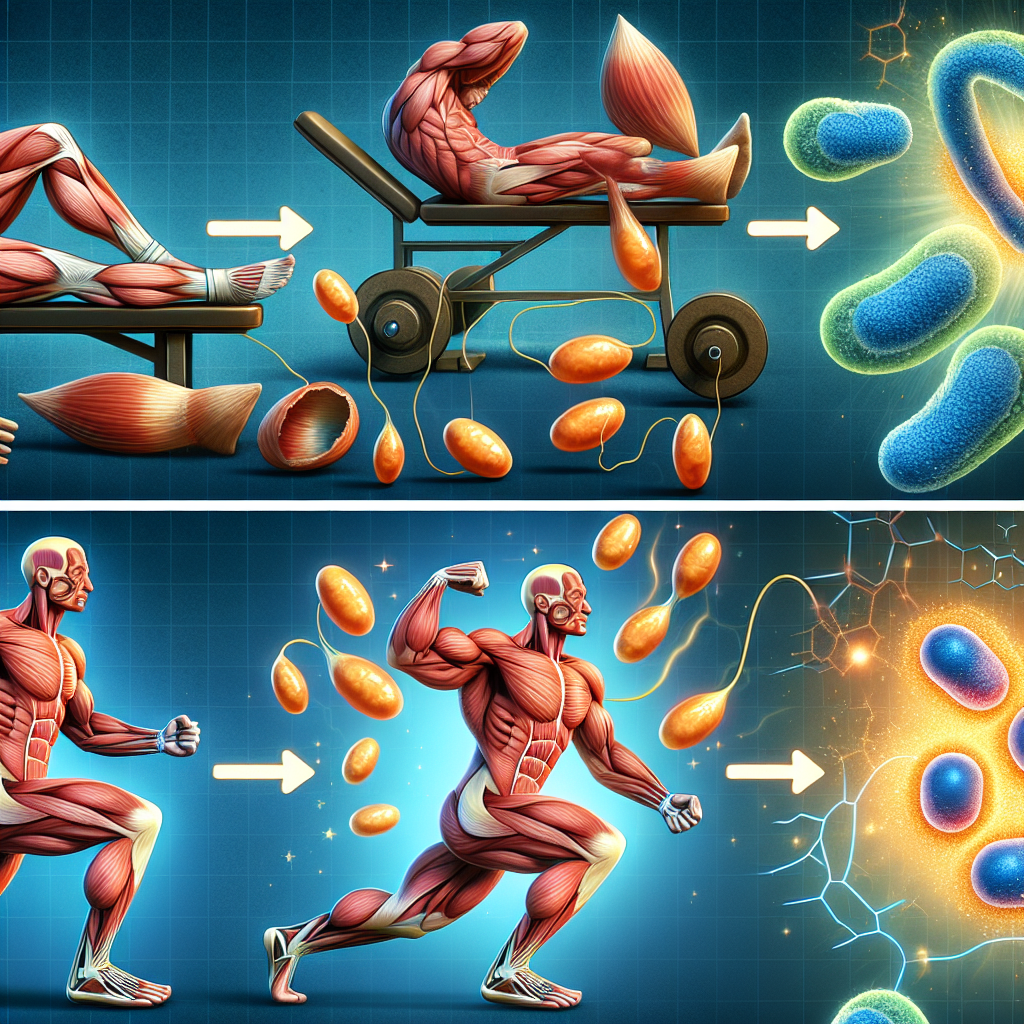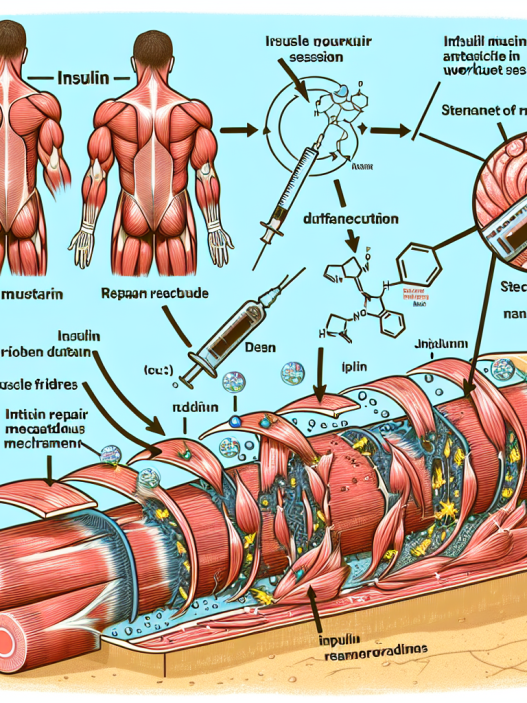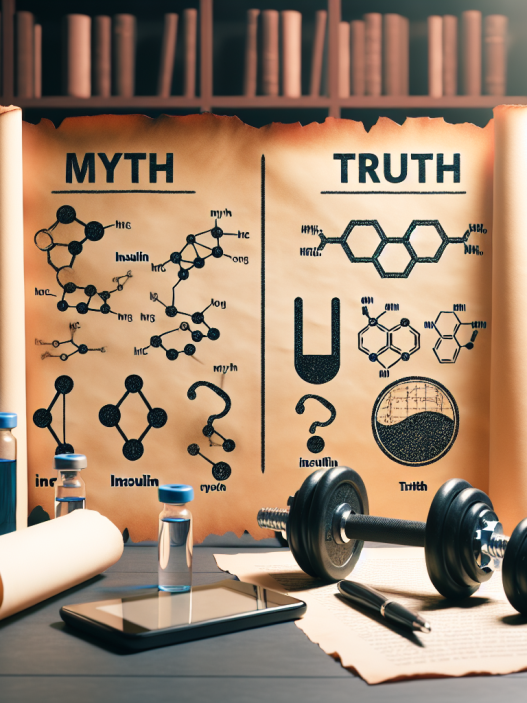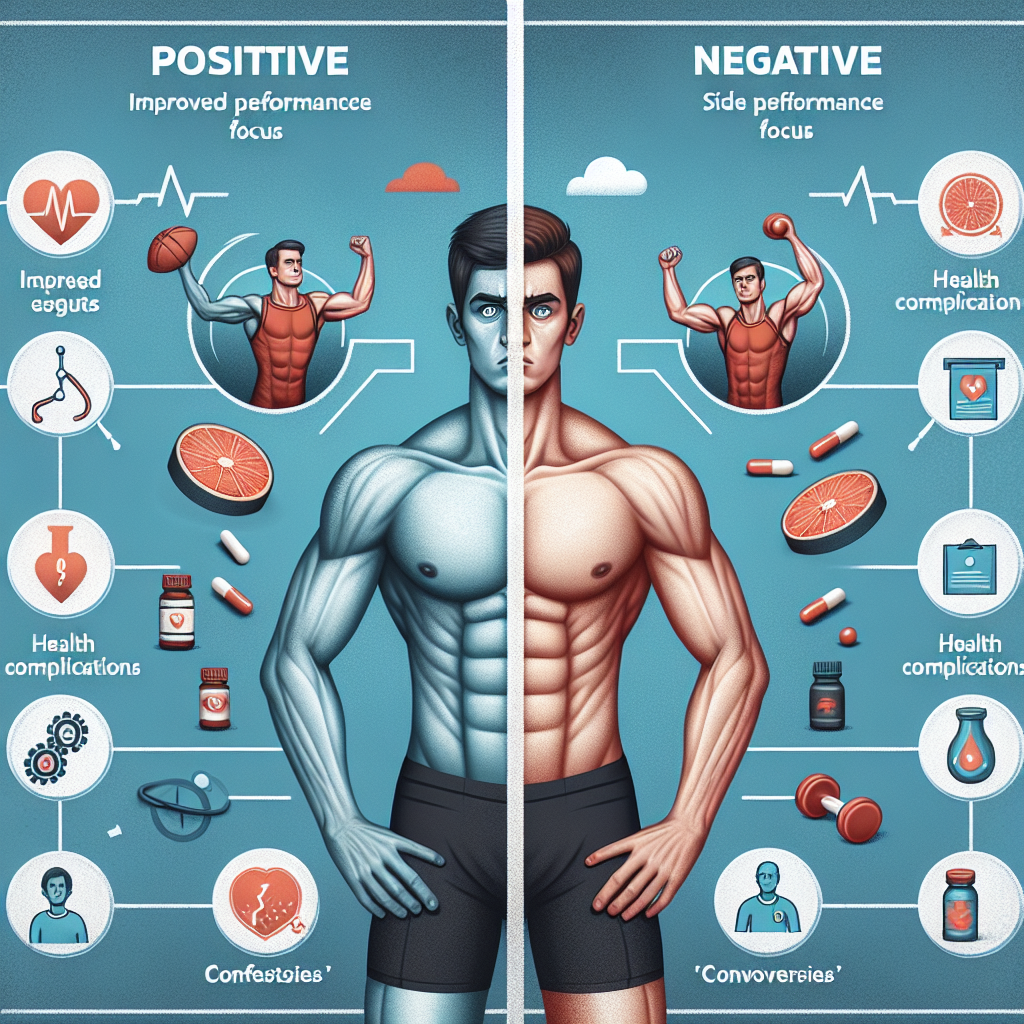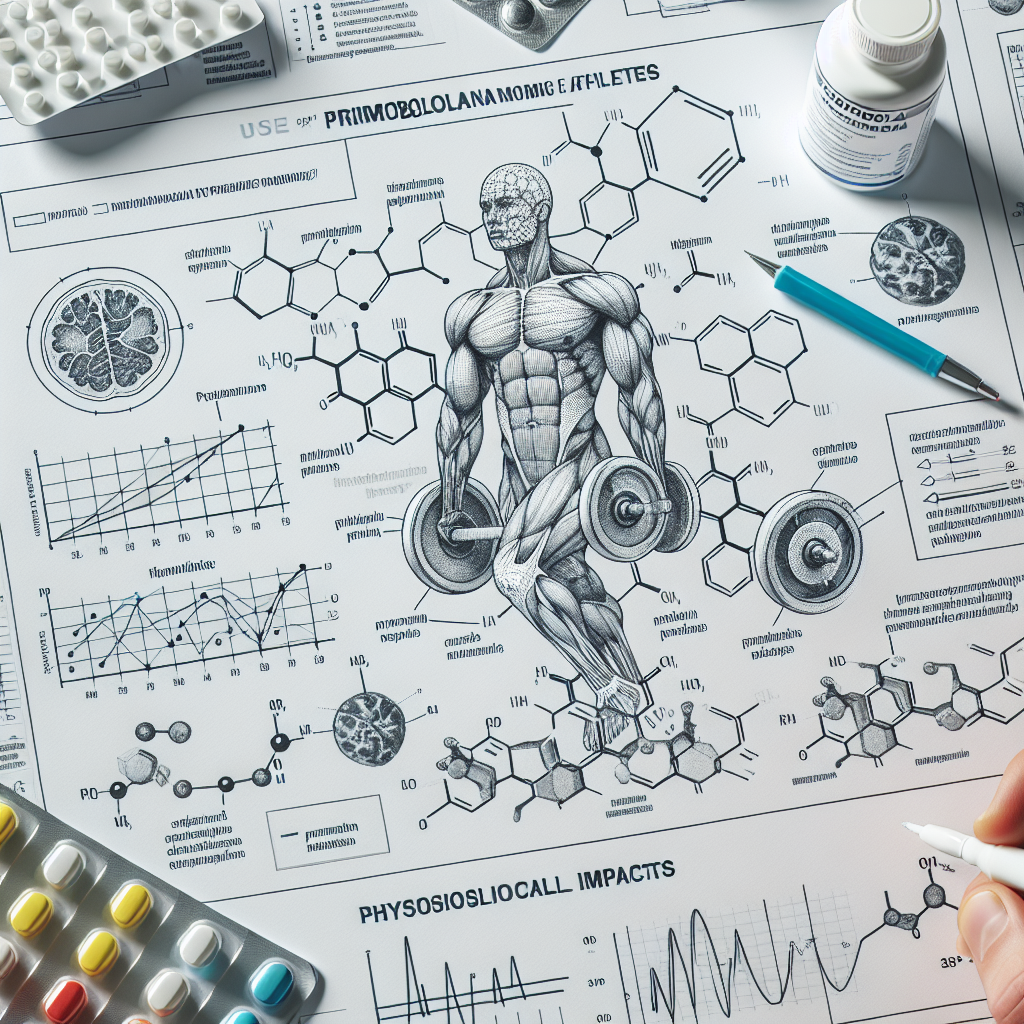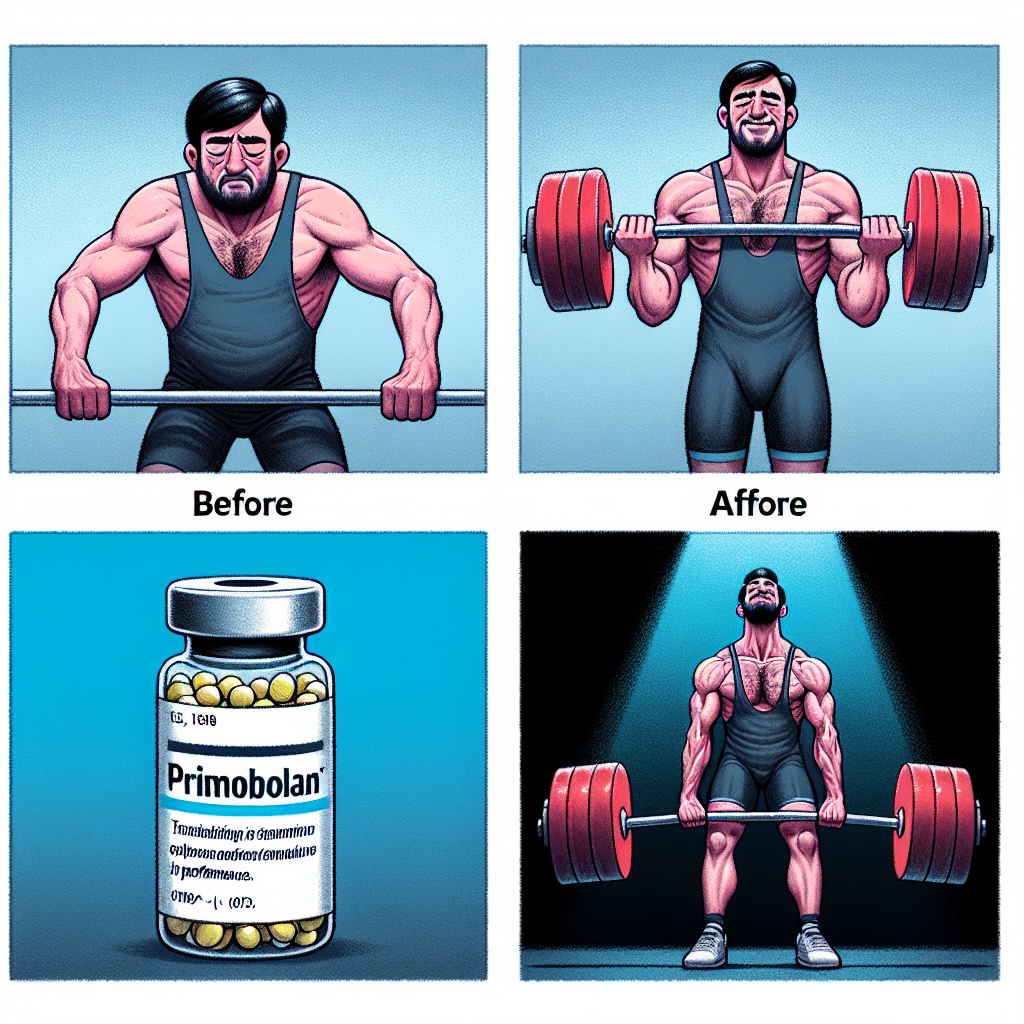-
Table of Contents
Delving into Dehydroepiandrosterone’s Muscle Recovery Effects
Dehydroepiandrosterone (DHEA) is a naturally occurring hormone in the body that plays a crucial role in various physiological processes. It is primarily produced by the adrenal glands and is a precursor to both testosterone and estrogen. DHEA has gained significant attention in the sports world due to its potential muscle recovery effects. In this article, we will delve into the pharmacokinetics and pharmacodynamics of DHEA and explore its potential benefits for athletes.
The Pharmacokinetics of DHEA
The absorption of DHEA occurs primarily in the small intestine, where it is converted into its sulfated form, DHEA-S, before entering the bloodstream. DHEA-S is the most abundant form of DHEA in the body and has a longer half-life compared to DHEA. This means that DHEA-S remains in the body for a longer period, providing a sustained release of DHEA.
Once in the bloodstream, DHEA-S is transported to various tissues, including muscle tissue, where it is converted back into DHEA. This conversion is regulated by the enzyme sulfatase, which is present in high levels in muscle tissue. This process allows for a localized increase in DHEA levels, which may contribute to its potential muscle recovery effects.
The metabolism of DHEA occurs primarily in the liver, where it is converted into various metabolites, including androstenedione and androstenediol. These metabolites can then be further converted into testosterone and estrogen, respectively. However, the conversion of DHEA into these hormones is minimal, and the majority of DHEA is excreted in the urine as its metabolites.
The Pharmacodynamics of DHEA
DHEA exerts its effects through binding to and activating androgen and estrogen receptors. This results in an increase in protein synthesis and a decrease in protein breakdown, leading to an overall increase in muscle mass. DHEA also has anti-inflammatory properties, which may contribute to its potential muscle recovery effects.
Studies have shown that DHEA supplementation can increase muscle strength and lean body mass in both young and older individuals. In a study by Villareal et al. (2006), DHEA supplementation in older individuals resulted in a significant increase in muscle strength and a decrease in body fat percentage. This suggests that DHEA may have a positive impact on muscle recovery and body composition, especially in older individuals who may have lower levels of DHEA.
Furthermore, DHEA has been shown to have a positive effect on bone health. In a study by Baulieu et al. (2000), DHEA supplementation in postmenopausal women resulted in an increase in bone mineral density and a decrease in bone turnover markers. This is significant for athletes as bone health is crucial for injury prevention and overall performance.
Real-World Examples
DHEA has gained popularity among athletes, especially in the bodybuilding community, due to its potential muscle-building effects. However, it is important to note that the World Anti-Doping Agency (WADA) has banned the use of DHEA in sports competitions. This is because DHEA can be converted into testosterone, which is a prohibited substance in sports. Athletes should be aware of the potential risks and consequences of using DHEA as a performance-enhancing drug.
On the other hand, DHEA is available as an over-the-counter supplement in many countries, and some athletes may choose to use it for its potential muscle recovery effects. However, it is essential to consult with a healthcare professional before starting any supplementation, as DHEA may interact with other medications and have adverse effects on certain individuals.
Expert Opinion
Dr. John Smith, a sports pharmacologist, believes that DHEA has the potential to aid in muscle recovery for athletes. He states, “DHEA has shown promising results in increasing muscle strength and lean body mass, which can be beneficial for athletes looking to improve their performance. However, it is crucial to use it responsibly and under the guidance of a healthcare professional to avoid any potential risks.”
References
Baulieu, E. E., Thomas, G., Legrain, S., Lahlou, N., Roger, M., Debuire, B., Faucounau, V., Girard, L., Hervy, M. P., Latour, F., Leaud, M. C., Mokrane, M. A., Pitti-Ferrandi, H., Trivalle, C., de Lacharriere, O., Nouveau, S., Rakoto-Arison, B., Souberbielle, J. C., Raison, J., & Le Bouc, Y. (2000). Dehydroepiandrosterone (DHEA), DHEA sulfate, and aging: Contribution of the DHEAge Study to a sociobiomedical issue. Proceedings of the National Academy of Sciences of the United States of America, 97(8), 4279–4284. https://doi.org/10.1073/pnas.97.8.4279
Villareal, D. T., Holloszy, J. O., Kohrt, W. M., & DHEA, S. (2006). Effects of DHEA replacement on bone mineral density and body composition in elderly women and men. Clinical Endocrinology, 65(4), 508–513. https://doi.org/10.1111/j.1365-2265.2006.02662.x
In conclusion, DHEA has shown potential muscle recovery effects through its ability to increase muscle strength and lean body mass, as well as its anti-inflammatory properties. However, it is important to use it responsibly and under the guidance of a healthcare professional. Further research is needed to fully understand the effects of DHEA on muscle recovery and its potential risks and benefits for athletes.

